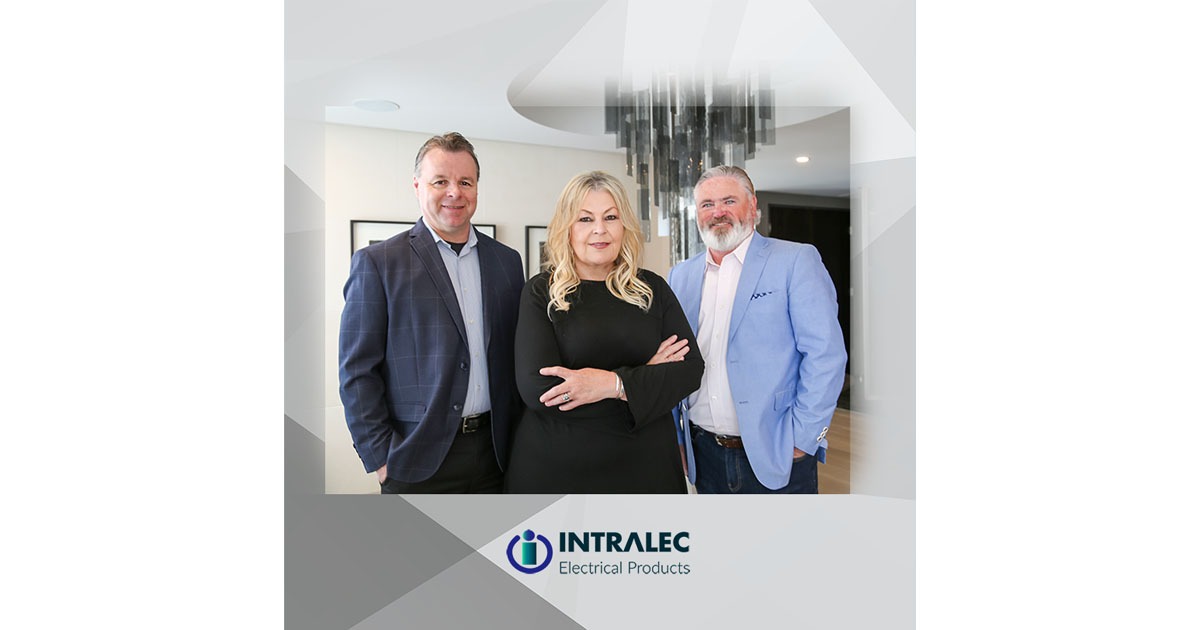SPAs — Is the Cat Chasing Its Tail?

Jan 10, 2020
By David Gordon
In a market where most experience margin stagnation or margin erosion, strategies that can help improve profitability, potentially capture sales and enhance/ensure quality processes should be embraced. One of these strategies is effective management of SPAs (special pricing agreements).
It is an issue for most distributors in the industry (as well as manufacturers). From a distributor perspective, the only way to put focus on the issue is if this becomes a core mandate of an individual. Groupthink and “discussing processes in meetings and ‘hoping’ for consistent adoption” are, forgive the term, lame attempts to address the issue.
Earlier this fall Mo Barsema wrote:
• SPAs — Are we / they in or out of control
• SPAs — Are the worth the cost
Now she shares her next installment, “SPAs — Is the Cat Chasing Its Tail?”
We all understand SPAs are here to stay. They are many times a necessary weapon to stay competitive in the markets we serve. SPAs are intended to lock in relationships, to secure market positioning and guarantee a protected customer-distributor-supplier trifecta relationship so that everyone wins. But this trifecta has sent many of us to the wall of insanity. In fact, it has sent us to a world we no longer trust and that is truly disturbing.
The concept of rebates was created by John D. Rockefeller, an accountant before he became the oil and railroad tycoon. He used a rebate model to successfully (and illegally) take down his competition by monopolizing these industries. Thus the need for federal regulations through the Sherman Antitrust Act, the Cartwright Act, the Robertson Patman Act, and variations thereafter.
Somewhere in the seventies, lamp manufacturers rolled out a new program in the electrical industry and created a legal rebating price model, one that would not be in violation of antitrust laws or price fixing. This model allowed lighting manufacturers and distributors to play in markets where fierce competition lived. SPAs were created and intended to secure a “special” trifecta relationship where “special” price pressures existed in a particular market. Thus the name of a “special” price agreement or SPA. But how “special” are some of these agreements today?
Over time, the model has become very popular, adopted by many types of manufacturers serving many industries. The model became, and still is considered, very powerful. It still serves its main purpose, to secure “the best price” and lock in the triad relationship. Unintentionally, it has become a price stabilizer on many commoditized items. On top of this, it is an enormously complex and dissonant business model. The process is unfortunately the way of today’s world. The only way your world will improve is for you to get in deep and take control of it.
SPA processing
Processing SPAs is a big topic and very concerning. We deal with lack of consistency, disparate and antiquated business systems and processing portals from every shore while several people have their hands stirring the pot to finally achieve “the best price.” But who is really in control of the best price? The SPA survey results showed
• 34% of the companies who responded have sales personnel controlling the SPA price levels
• 15% said pricing personnel control the SPA price levels
• 7% said buyers
• 3% said senior management
• 37% said “all of the above”
One respondent said, “Many [suppliers and distributors] lack the resources to control the process.” So how does anyone really know “the best price” has been achieved? On top of this, the SPA fever has become an epidemic with too many contracts to control.
What can be done to control price?
This question is not hard to answer. It is by regulating price through a centralized group of people whose job is to capture, control, analyze and negotiate “the best price.” These folks need to master price rationalization and optimization on the cost and sell side. They need to collect, contain and analyze price intel that currently remains in the hands of so many and serve as your internal go-to filter before reaching out to a manufacture. They need exposure to the embedded data within the business systems with tools that allow them to make good and competitive price decisions. The most profitable companies are those who have control of their companies pricing methods.
Another hugely concerning topic surrounding SPAs is cash and lack of management thereof. The SPA survey asked how many companies are aware of their “inventory premiums,” meaning the difference between the into stock cost to the average rebated cost. For example, let’s say a distributor purchases 1000 of a stock item for $10.00/ea. A couple of weeks later, the distributor has an opportunity to sell 100 of them at a competitive market level price of $8.00/ea. Since the distributor’s original into stock cost is higher than the market price, and if sold would cause a loss in profit, the distributor asks the manufacturer for a SPA with a cost lower than $8.00/ea. After the manufacturer reviews the SPA request, the manufacturer grants a SPA for $7.00/ea and expects the distributor to claim the difference ($3.00/ea or $300) by submitting proof of sale. The $3.00 (the original into stock cost of $10.00 less the SPA cost of $7.00) is a $3.00 or 30% premium.
Now let’s say the distributor has another opportunity to sell another 200 at $7.80/ea and receives a SPA with of cost of $6.90/ea. The premium in this case is $3.10 or 31%. Both SPAs suggest the average premium sitting on the shelf is 30.5%. This value multiplied by the remaining 700 on-hand equates to the distributor’s inventory being overstated by an average of $213.50.
So now, take this logic over all of the on-hand inventory subject to SPAs. You will notice that some inventory premiums are fractional while others are 1000% plus, and many of those higher premiums are on your most expensive SKUs. So how does that make you feel? Upset? Taken advantage of?
The total funds distributors borrow to finance their company can be significantly tied up in overvalued inventory that sits on a shelf until it is sold through a SPA. Just think of all the distributors who support SPAs and how much money “The Bank of Electrical Distribution” is financing manufacturers interest free. This is very disturbing. These manufacturers are holding onto and using The Bank of Electrical Distribution’s funds to finance their companies until such time they need to give it back through the rebate claim process. I do not know how any bank can survive giving out free money.
There is some good news in all of this. Sixty-three percent of the companies who responded to the SPA survey are aware of their inventory premiums while the rest are unsure. This is one area every company must be in control of and never be unsure of, as these premiums have a ginormous impact on a company’s cash flow.
What can you do to improve your SPA cash flow?
Here are a couple of things to consider:
1. Understand your average inventory premium from a macro, overall company perspective. Many companies use an asset-based line of credit to finance their operations. Many times, a bank will slash inventory values by a huge percentage to account for over-priced and slow-moving material. If you knew your SPA inventory was overpriced by X% as it compares to the bank’s “slashed percent,” you would be in better control of your borrowed funds.
2. Understand average inventory premiums by manufacturer and then by item within each manufacturer’s product line. This will help you negotiate and create a revolving credit with the manufacturer, and negotiate your into stock price levels.
A long time ago someone coined the phrase, “Cash is king.” The king still reigns today. Take control of your money!
Back to the survey. I asked how many companies think SPAs help them gain market share: 52% said yes, 26% said no, and 22% said they’re not sure. A lot of this depends on the manufacturer and how well they control the markets the distributors serve. Some manufacturers have a dialed-in approach and secure market defined territories with a specific distributor. Other manufacturers have abused the SPA model by allowing all distributors in a territory to fight for the same business using repeated and unsecured SPAs offered to anyone who serves. One respondent reflected, “’Singleness’ of SPA holders doesn’t seem to exist,” while another respondent said the only reason SPAs exist is to “get current market level pricing” knowing the into-stock price was virtually untrustworthy and non-competitive from the start.
So, should more suppliers follow the SPA price model? Only 33% said yes, while the remaining said no or had mixed emotions. One person said, “Just give us the best price and let us (distributors) take care of the market.”
The topic of SPAs is truly an emotional one. Distributors have customers who constantly pound them down to a lower price. The customer knows the price on the street is untrustworthy and that’s because we started giving out lower prices using the SPA model many years ago… and we keep saying yes to lower pricing. We’re like a cat chasing its tail raising list prices only to reduce the price using SPAs, which creates creeping inventory premiums and more cash flow pressure. It’s a vicious, crazy-go-nuts cycle.
When will the insanity end? That’s up to you, but nothing will change unless a mission is in place to make a difference in your company. Implementing a guided team strategy, taking time to educate your people and using tools such as the SPA calculator is a great place to start. Contact me at mo@barsema.com or 608.444.0849 anytime if you would like help taking control of your SPA world.
As Mo points out, SPAs have been around in the electrical industry for about 50 years. They are entrenched. Appropriately addressing them to turn them to your advantage is a key to sales and profitability growth.
Looking for more articles on SPAs?
Read:
• Increasing Sales & Profits with SPAs… A Case Study
• SPAs To Grow in Importance … Drive Profitability
• SPAs… A Key to Tomorrow’s Distributor Profitability, Essential Today
We hope this series of articles on SPAs have generated conversation within your business on how you can improve so you can reduce profit leakage. If you’re a supplier, how can you optimize your usage of SPAs to stimulate sales, for the right reasons, while have an accountable, easy, process? If you are a distributor, these should be sales and profit generators, not process inhibitors that cost you money.
David Gordon is President of Channel Marketing Group. Channel Marketing Group develops market share and growth strategies for manufacturers and distributors and develops market research. CMG’s specialty is the electrical industry. He also authors an electrical industry blog, www.electricaltrends.com. He can be reached at 919-488-8635 or dgordon@channelmkt.com.











